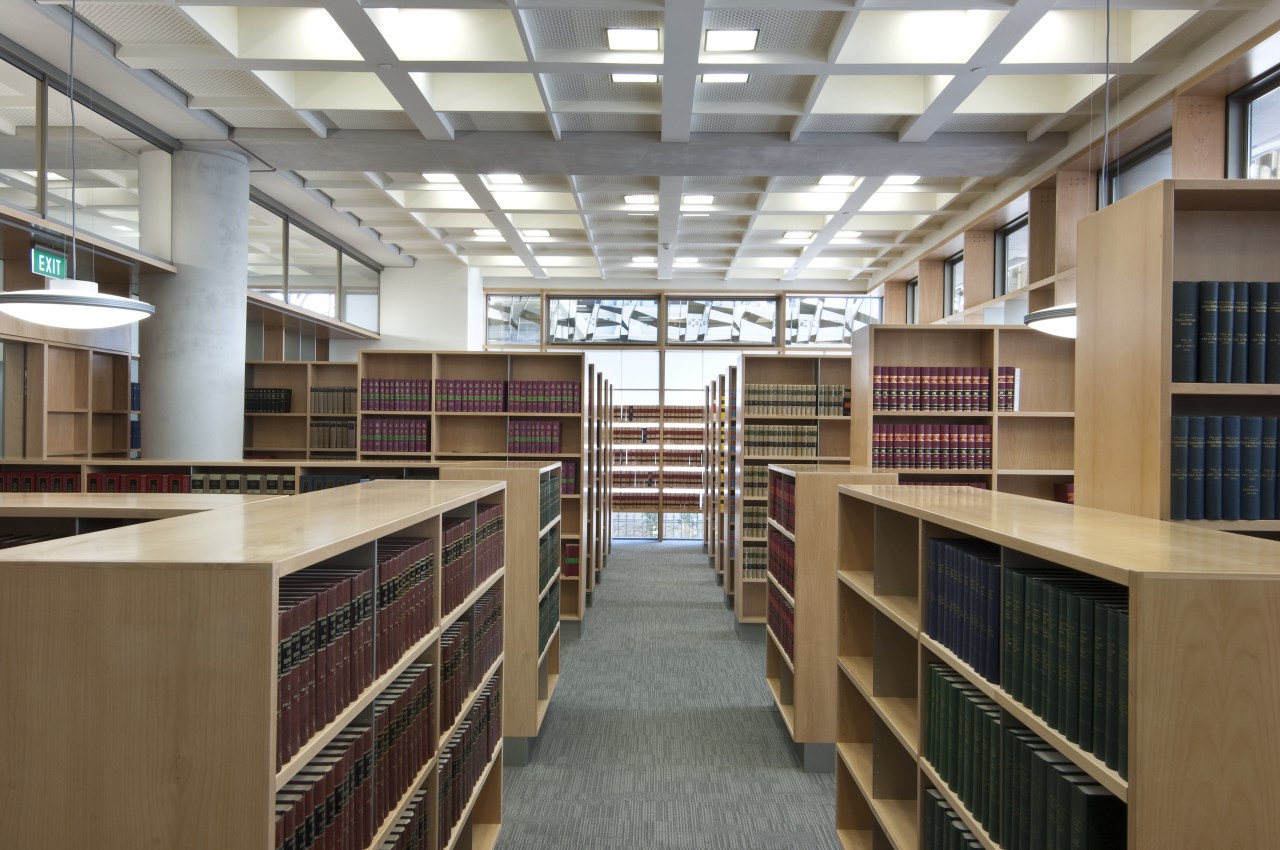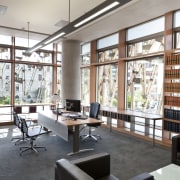IN collaboration
Building services at the Supreme Court were provided by Norman Disney & Young

As the Supreme Court project involved a new publicbuilding, it provided an opportunity for the government to demonstrate leadership in terms of sustainable design. Norman Disney & Young was responsible for the design and documentation of the building services. The company designed the air conditioning, electrical, lighting, security, communications, lifts and hydraulics systems and provided specific advice on environmental sustainability, building acoustics and specialist architectural lighting requirements.
Director Stuart Bagley says the focus throughout the design stage was to promote innovative solutions that optimised the quality, occupant comfort and energy signature of the development.
"The design brief included a number of specific requirements," Bagley says. "For example, the services needed to be able to be replaced easily, as they have a shorter lifespan than the 100-year life of the building. The design also needed to be energy efficient, and it had to be consistent with the building architecture and the heritage nature of the old High Court building."
The highly insulated building fabric, combined with the external bronze screen, provides a high-performance thermal envelope that limits solar gain, reduces heat loss and acts as a security threshold. This minimises the reliance on mechanical air conditioning and reduces energy consumption.

"NDY undertook computer-based energy modelling and lighting simulation of the building to optimise the fabric performance and the lighting design while allowing good views and daylight penetration."
Bagley says the air conditioning system was designed to accommodate the highly variable occupancy and usage patterns anticipated throughout the building. Displacement ventilation was chosen for the large public spaces in both the new Supreme Court and refurbished Old High Court building.
"This provides high-quality internal conditions with minimal energy consumption and allows full integration of the supply diffusers with the architecture."
The air conditioning is a largely mixed-mode system, which allows individual occupants to open windows to control their immediate environment. The building automation system monitors the windows and isolates the mechanical system as required. A heat pump chiller was also specified to provide significant reductions in energy consumption and minimise the carbon footprint.

A customised lighting control system combined with occupancy and daylight sensors automatically controls the lights to reduce energy consumption.
For more details, contact Norman Disney & Young, No 1 The Terrace, PO Box 10529, Wellington, phone (04) 471 0151. Website: www.ndy.com.
Story by: Trendsideas
Home kitchen bathroom commercial design
Diving into nature
Personality plus
Classic looks, contemporary efficiency




